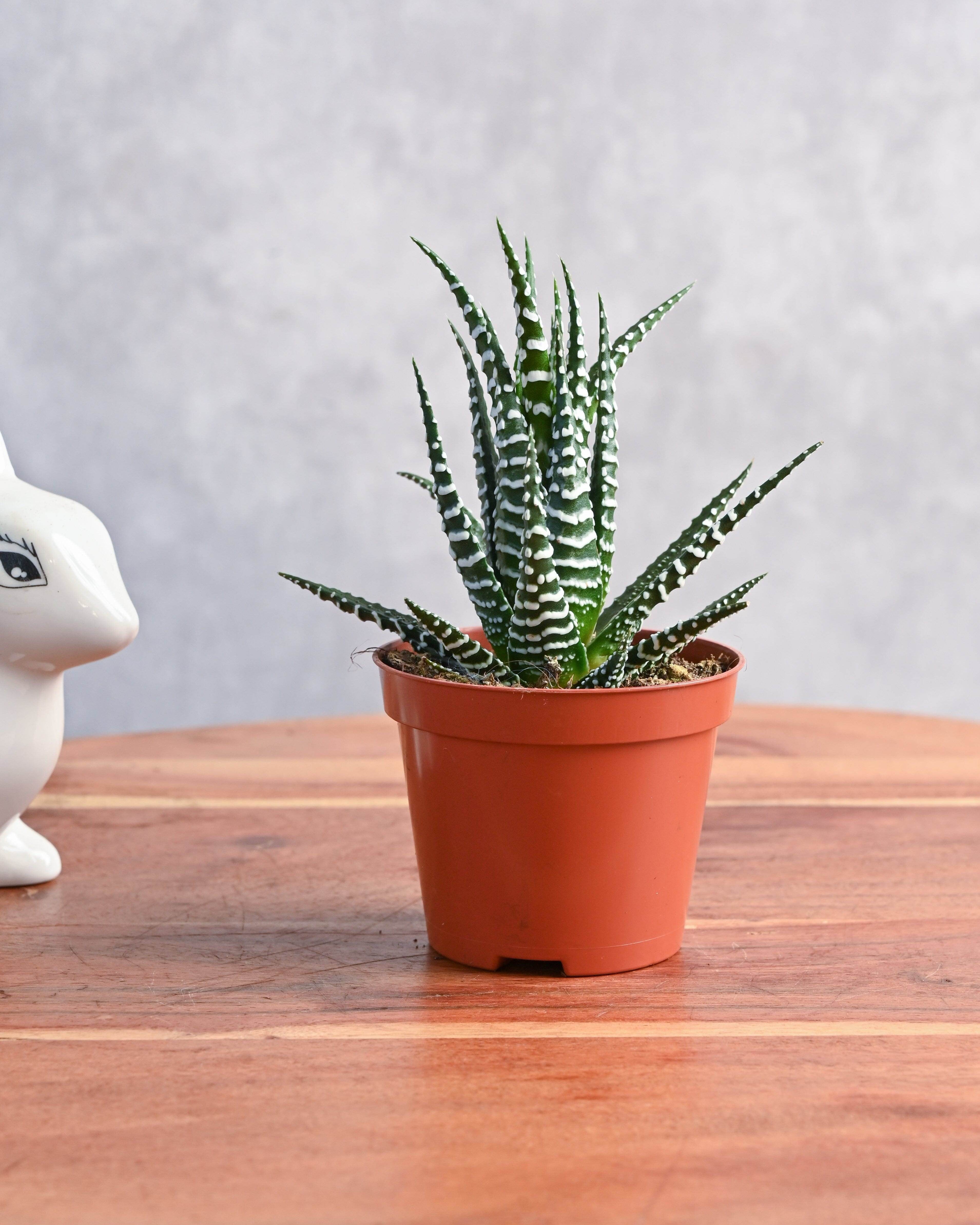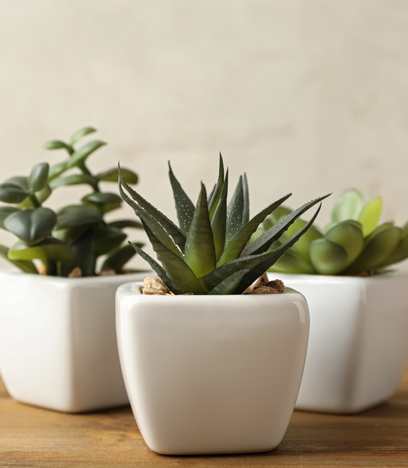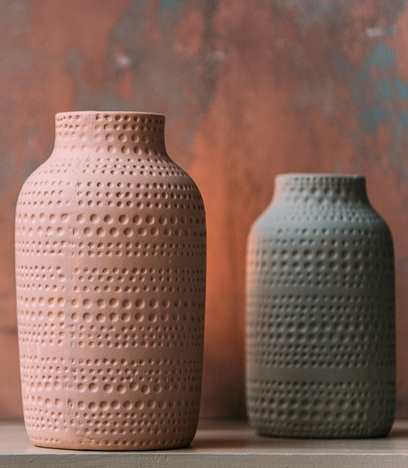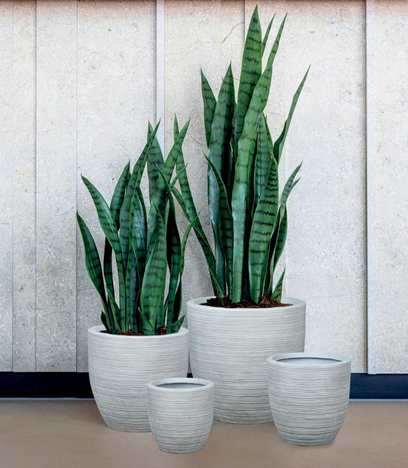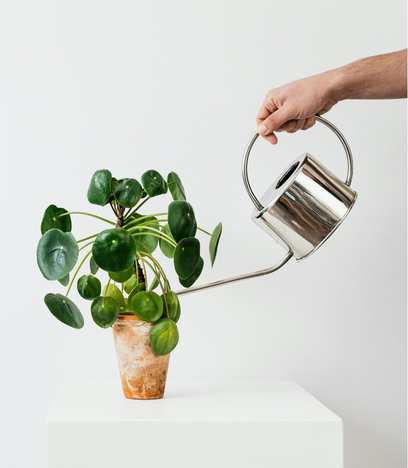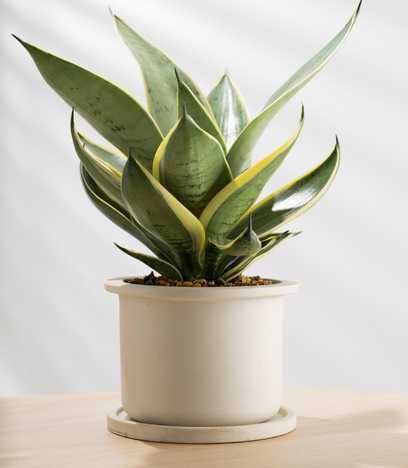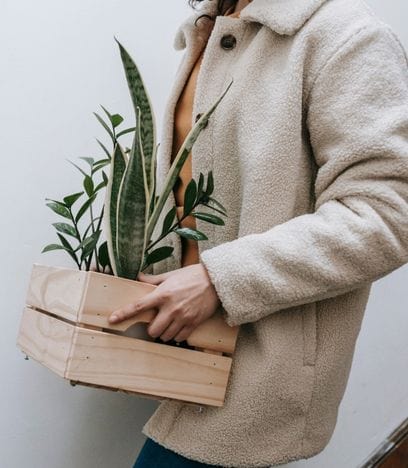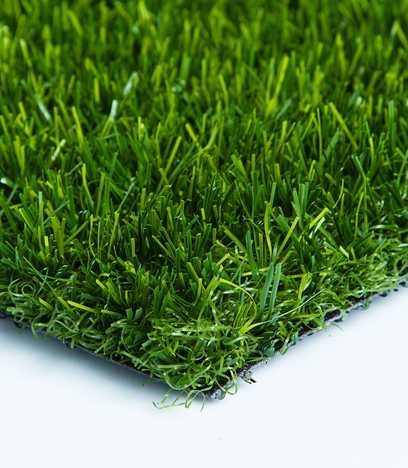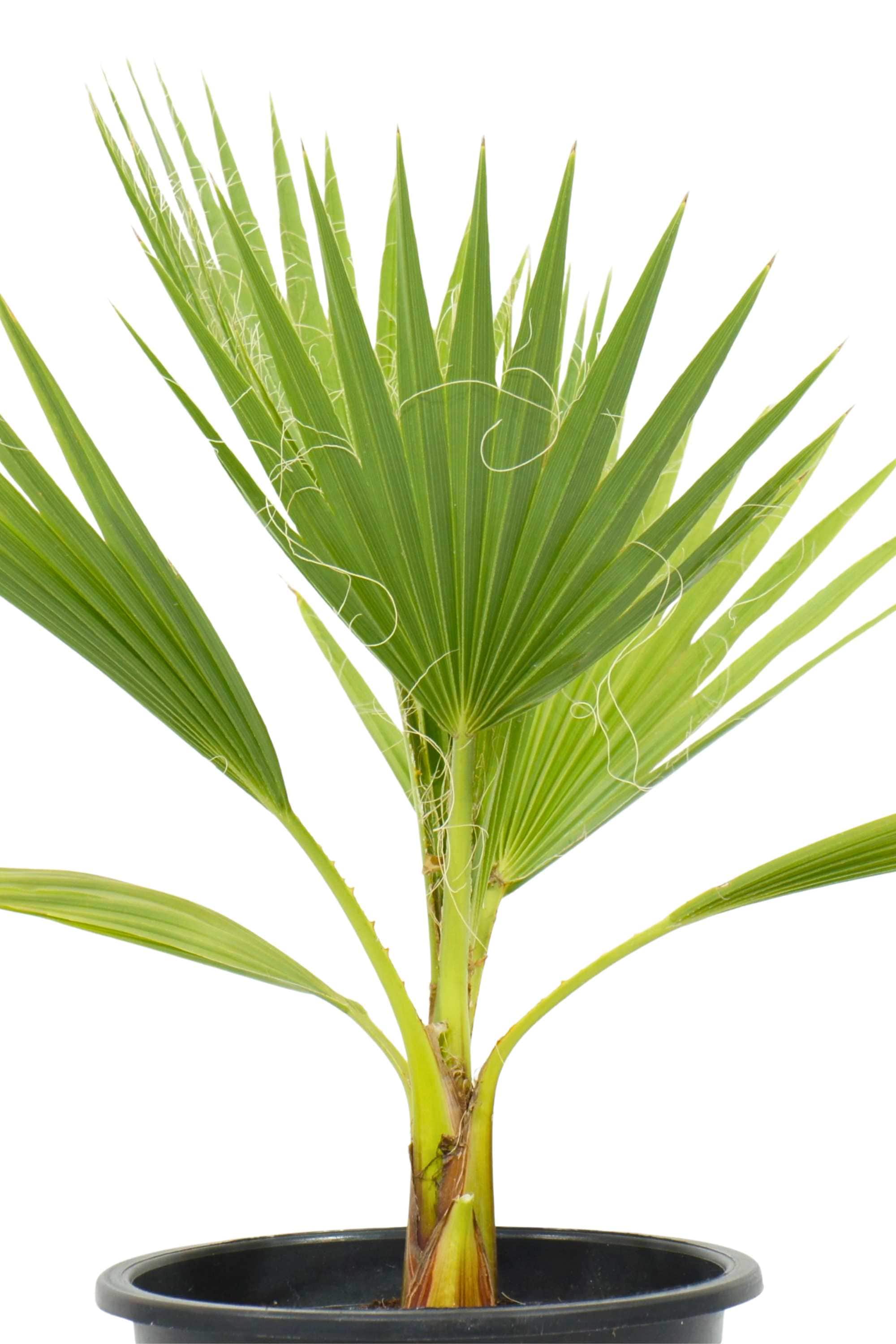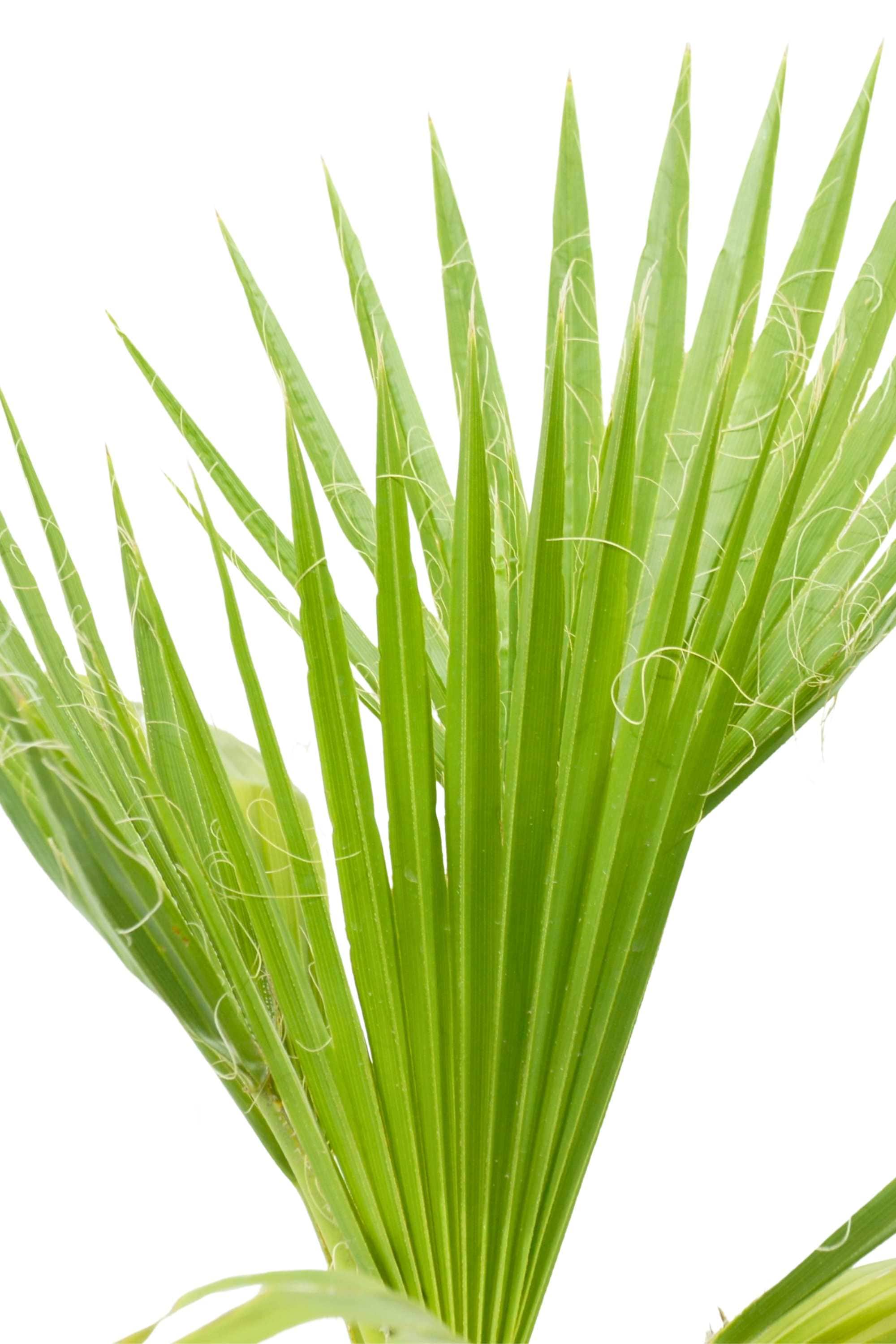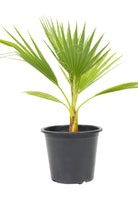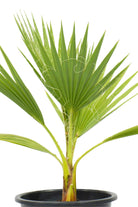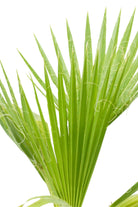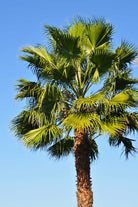Washingtonia robusta
(Mexican Fan Palm)
Couldn't load pickup availability
Your plants will show up fresh, vibrant, and pest-free—guaranteed.
Not feeling it? We’ve got your back! Snap a pic and reach out within 14 days, and we’ll replace your plant—no hassle, no fuss.
Read more about our Freshness Guarantee.
We offer free standard delivery on all orders AED 250 and above.
Orders below AED 250 have a flat delivery fee of AED 20.
[View our full shipping policy]
- Watering: Water deeply twice a week during hot months. Reduce to once weekly in winter once established.
- Light: Thrives in full sun. Minimum 6 hours of direct sunlight daily.
- Placement: Suitable for villas, avenues, farms, parks, and commercial landscaping.
- Feeding: Use a balanced slow-release fertilizer 3 times a year (spring, summer, autumn).
- Growth Potential: Grows up to 20–25 meters tall. Trim lower fronds as it matures for a clean trunk.
First, lucky them! Second, in the cart, before checkout, you’ll find an option to add a gift note. You can rest assured that all orders are shipped without pricing information and include directions on how to access our digital Care Library for plant care instructions.
Don’t worry, we won’t spoil what the surprise is or send them any marketing emails.
Washingtonia Palm, also known as Mexican Fan Palm, is a tall, fast-growing palm with fan-shaped fronds and a slim trunk. Perfect for UAE landscapes, it thrives in full sun and well-drained soil. Ideal for lining driveways or creating vertical impact in gardens, it’s drought-tolerant and requires little maintenance. A stately, architectural palm that brings height and classic elegance to any outdoor space.
IMPORTANT - Large Palm Tree Delivery is made with specialized crane and has additional delivery charges depending on the location. Please talk with our team before ordering.


